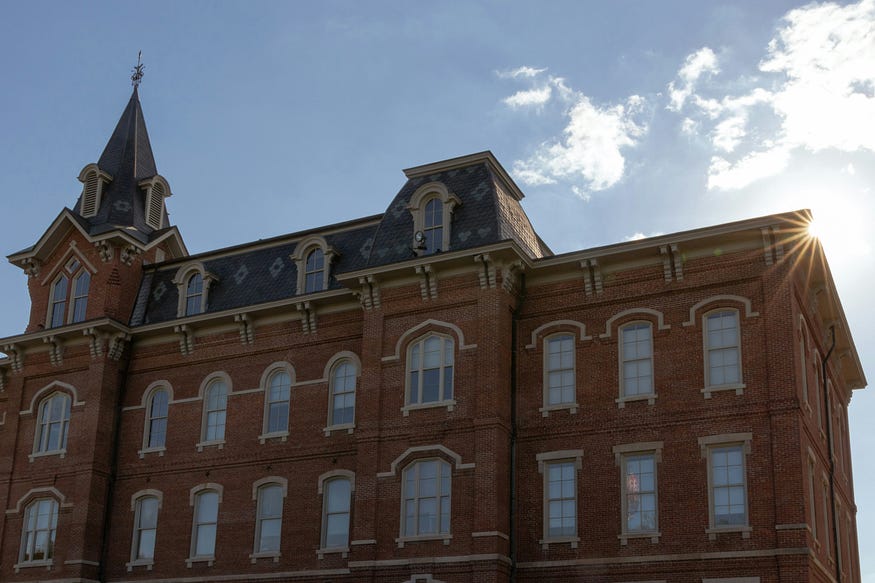A Complete Guide to Student Visa USA: Everything You Need to Know
Introduction
The USA remains one of the most popular destinations for international students seeking quality overseas education. With top-ranking universities, diverse academic programs, and promising career opportunities, studying in the USA is a dream for many. However, to fulfill this dream, securing a student visa USA is essential. This guide covers all the crucial aspects of obtaining a USA student visa, from types and requirements to the application process and common challenges related to study abroad.

Types of Student Visa USA
Before applying for a student visa USA, it’s important to understand the different types available:
- F-1 Visa — This is the most common visa for students enrolling in academic programs at universities, colleges, high schools, and language training institutes.
- M-1 Visa — This visa is designed for students pursuing vocational or non-academic courses.
- J-1 Visa — Intended for students participating in exchange programs, including government and private sector-sponsored overseas education programs.
Eligibility Criteria for a Student Visa USA
To qualify for a student visa USA, applicants must meet specific criteria:
- Acceptance into a SEVP (Student and Exchange Visitor Program) approved institution for study abroad.
- Proof of sufficient funds to cover tuition fees and living expenses during overseas education.
- Strong ties to their home country to demonstrate intent to return after studies.
- English proficiency as per the institution’s requirements.
- A valid passport and required documentation.
Application Process for a Student Visa USA
The process of applying for a student visa USA involves multiple steps:
- Get Accepted by a SEVP-Approved School — Students must first receive an acceptance letter from a recognized institution for study abroad.
- Pay the SEVIS Fee — The SEVIS (Student and Exchange Visitor Information System) fee must be paid before proceeding with the visa application.
- Complete the DS-160 Form — This online application form collects necessary details about the applicant.
- Schedule a Visa Interview — Students need to book an appointment at the nearest U.S. embassy or consulate for their overseas education visa process.
- Attend the Visa Interview — During the interview, students must present relevant documents and answer questions regarding their study plans, financial status, and intent to return home.
- Receive the Visa Decision — If approved, the visa will be stamped on the passport, allowing entry into the USA for study abroad.
Essential Documents for a Student Visa USA
Applicants must provide the following documents during their visa application:
- A valid passport
- Form I-20 (issued by the educational institution for overseas education)
- DS-160 confirmation page
- Receipt of SEVIS fee payment
- Passport-sized photographs
- Financial proof (bank statements, scholarship details, or sponsor’s financial records for study abroad expenses)
- Academic transcripts and standardized test scores (TOEFL, IELTS, GRE, etc.)
- Visa appointment confirmation letter
Common Challenges and How to Overcome Them
Many students face difficulties while applying for a student visa USA. Here are some common challenges and solutions:
- Visa Denial — This can occur due to insufficient financial proof, weak intent to return, or incomplete documentation. To avoid this, applicants must present clear financial statements and explain their overseas education plans effectively.
- Long Processing Times — Delays in visa processing can affect travel plans. Applying well in advance and checking embassy processing times can help in securing a study abroad visa on time.
- Interview Stress — Nervousness during the visa interview can lead to unclear answers. Practicing common interview questions and being confident can make a positive impression when applying for a student visa USA.
Conclusion
Securing a student visa USA is a crucial step toward achieving your study abroad goals. By understanding the visa types, eligibility requirements, and application process, students can enhance their chances of approval. Careful preparation, strong financial backing, and confidence in the visa interview can lead to a successful outcome. With the right guidance, your journey to overseas education in the USA can become a reality.
Also Read


Comments
Post a Comment